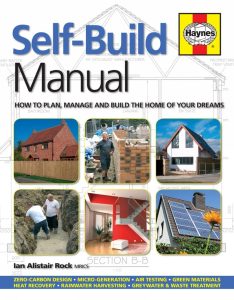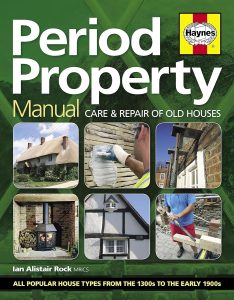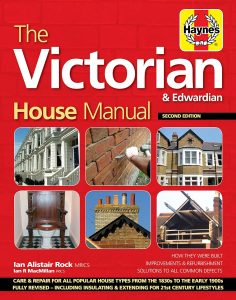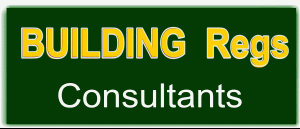HOME EXTENSION.com
SUCCESSFULLY EXTENDING YOUR HOMEKitchen Extensions
One of the many reasons for adding an extension to your home is for a larger kitchen.
This could be to make more space as the family grows, or simply to create a stunning focal point by changing it into a modern kitchen/diner.
Whatever the reason, the kitchen will need to be designed to meet the requirements of the family.
So it’s important to plan the layout carefully as changing it once completed isn’t easy and would add significantly to the cost.
Planning a Kitchen Layout
Before you start imagining the finished product you will first need to measure the room, draw up an overall layout, preferably on squared paper or on your computer. Then mark the positions of all the existing services (plumbing, electrics, gas point) and also the windows and doors.
Although services can be moved if necessary, it can be very costly.
There are three main zones within a kitchen – food preparation, cooking, and cleaning up.
These correlate to the main work sufaces (and fridge/freezer), the cooker and the sink.
These zones should make a triangle called the Work Triangle.
Even though the sides of this triangle do not need to be of equal length they should not normally be longer than 6.5m (6500mm) and there should be no obstacles along the length of the sides of the triangle.
Try to keep the design as simple as possible and make sure it works for you – you’ll probably be spending a lot of time in your new kitchen!
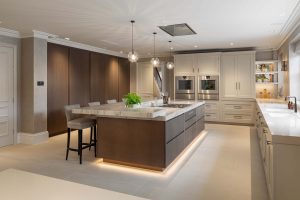
Designing Your Kitchen
Once you have drawn up your scale plan of the kitchen on squared paper with all the relevant points marked (e.g. doors, windows, services etc) it’s a good idea to cut out shapes that represent the different sizes of cupboard available and also ones to represent the appliances (cooker, hob, fridge, freezer, sink etc). Or use an online kitchen planning program.
This makes it easier to move things around if you are not happy with a design.
Once you are happy with your design you should be able to work out exactly how many floor and wall units you require and also calculate the length of worktop required.
Remember with worktop that you should ideally try to avoid any joins and therefore you will need more worktop than the total length of worktops on your design.
Buying Your Kitchen
There are 3 main options for buying a new kitchen:-
- Completely DIY – buy the units flat-packed, and install them yourself
- Partial DIY – buy the units flat-packed, build them and have someone install them for you
- Design and Fit – bring someone in to design, build and fit the kitchen while you put your feet up!
Of course the main reason for choosing any of these options is budget, with the options generally becoming more expensive as you go down the list. This isn’t always the case and if you have specific requirements it may be better value for money to go for the last option.

